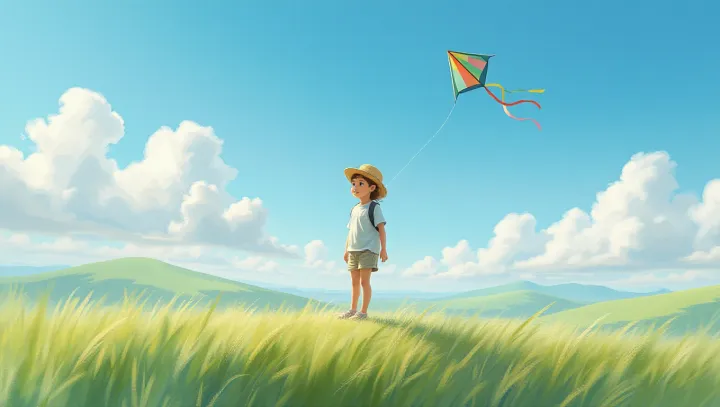The Kite's Journey: From Tool to Toy

In the serene landscapes of Weifang, China, the winds carry with them an age-old tradition — kite flying. Although commonly associated with the laughter and joy of children, kites possess a history that is anything but trivial. Originally, these airborne wonders were built with purposes that extended far beyond children's play.
Professor James Wingfield, an expert in cultural history, mentions, 'Kites were once crucial tools for ancient societies. They were utilized for a variety of practical purposes including weather forecasting, military communication, and even mystical ceremonies.’ These flying constructs provided vital information and carried messages across vast distances. Over centuries, the kite underwent a metamorphosis, making a gradual transition from a utilitarian device to an emblem of playfulness and leisure.
This shift was primarily driven by advancements in technology and changes in social structures that permitted greater leisure time. Today, kites are a staple of recreational enjoyment, captivating the imagination of children and adults alike. Their vibrant colors decorate skies across festivals globally, symbolizing freedom and joy.
Yet, underneath their playful presence lies a rich tapestry of history that invites both exploration and appreciation. In this transformation from tool to toy, kites remind us of human ingenuity and the capacity for cultural evolution. As parents and kids gather under clear skies, flying kites continues to be a shared activity that fosters connection, joy, and a sense of wonder in life's simple pleasures.
